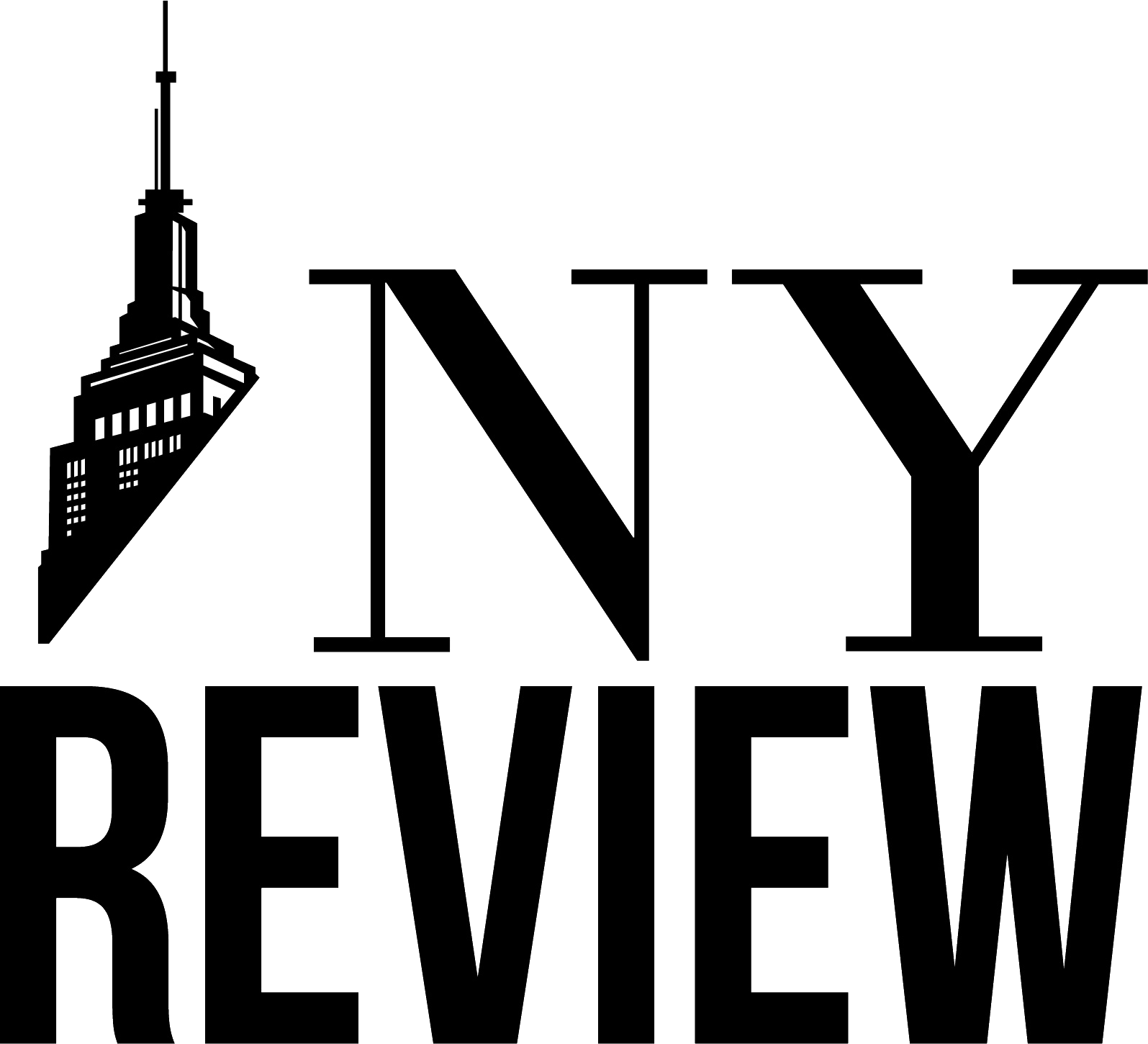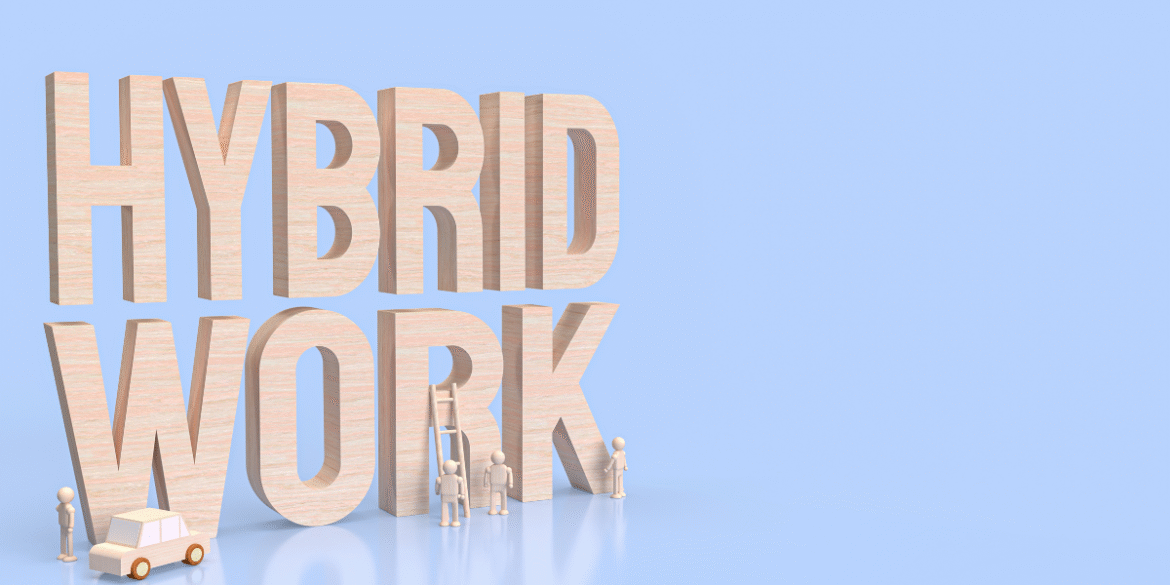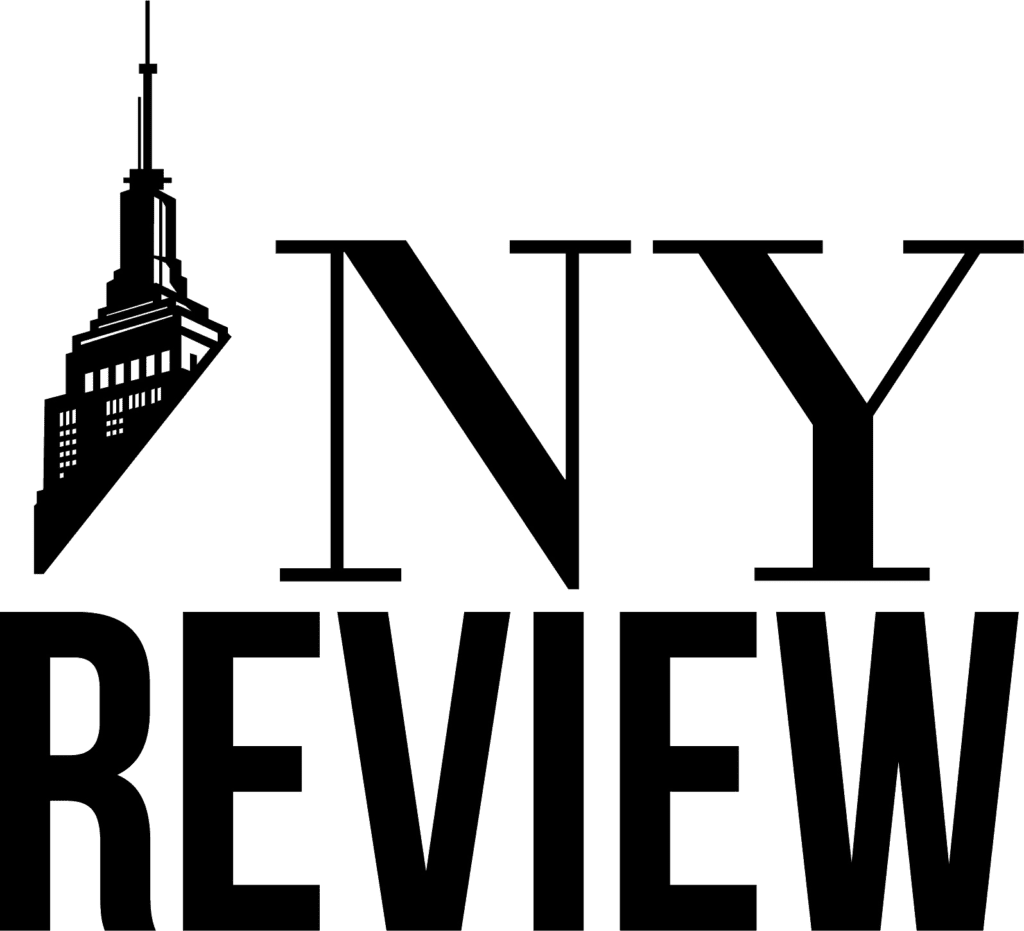As New York City approaches 2025, the shift toward remote and hybrid work models continues to redefine the landscape of its workforce. The city, known for its bustling offices and a culture of in-person collaboration, has had to adjust rapidly in recent years. With the advent of remote work, companies have embraced new ways of managing talent, while employees have sought a better work-life balance. But what does this shift mean for the future of office spaces, workforce culture, and productivity in one of the world’s largest economic hubs?
This article explores the current state of New York City’s workforce evolution, the challenges and benefits of remote and hybrid work, and the long-term implications for businesses and the city’s iconic office spaces.
The Remote Work Revolution: A Shift in New York City’s Work Culture
The concept of remote work is not new, but its widespread adoption has been one of the most significant changes to the workforce in the last few years. The COVID-19 pandemic forced businesses to pivot to remote work nearly overnight, and while many offices have since reopened, remote and hybrid models have persisted. In 2025, New York City’s workforce is still adjusting, with businesses across various industries experimenting with different work models to suit their needs.
The Rise of Hybrid Work Models
Hybrid work models, which combine remote and in-office work, have emerged as the dominant approach for many businesses in the city. According to a 2024 study from McKinsey & Company, 70% of workers in the U.S. prefer some form of hybrid arrangement, and New York City’s employees are no exception. The city’s competitive job market has fueled the demand for flexible work options, with workers now expecting a hybrid approach that offers the autonomy of working from home while still fostering in-person collaboration.
New York City’s Changing Office Space Market
As hybrid work takes hold, the demand for traditional office space in New York City has experienced a shift. Office vacancies are rising, but not necessarily in the way many would expect. A report from Cushman & Wakefield shows that while large corporate offices in Midtown and Downtown Manhattan have seen declining demand, flexible office spaces and coworking environments are on the rise.
These spaces cater to businesses seeking short-term leases, flexible floor plans, and the ability to scale up or down based on their workforce needs. Companies are embracing smaller, more dynamic office footprints that facilitate collaboration, meetings, and team-building without requiring employees to be in the office every day.
Benefits of Remote and Hybrid Work in NYC
While challenges persist, there are significant benefits to hybrid and remote work arrangements. For both employers and employees, the shift has ushered in several positive changes.
For Employers
- Access to a Broader Talent Pool
Remote work has allowed businesses to recruit talent from outside New York City’s immediate area, tapping into a broader, more diverse pool of candidates. This has proven especially beneficial for tech, marketing, and creative industries, where the demand for skilled workers often outpaces supply. - Cost Savings
Many companies are realizing substantial cost savings by reducing their office space requirements. Lower overhead expenses, such as rent, utilities, and office supplies, are allowing businesses to reinvest in other areas, such as employee development or technology infrastructure. - Increased Productivity
Despite some skepticism about remote work, studies suggest that many employees report being more productive when working from home. According to Harvard Business Review, remote workers are less likely to be distracted by office noise and can manage their work schedules more efficiently, contributing to greater output.
For Employees
- Improved Work-Life Balance
Remote and hybrid work has offered employees the flexibility to better balance their personal and professional lives. With no daily commute, workers in NYC are reclaiming time that was once spent in traffic or crowded subways. This increased flexibility has led to higher job satisfaction and improved mental health for many workers. - Reduced Commuting Stress
One of the most significant benefits of remote work for New Yorkers is the elimination of long and often stressful commutes. According to a report from The New York Times, the average daily commute for a NYC resident has dropped by nearly 30 minutes since the rise of remote work. Less time spent commuting means more time for personal activities, hobbies, or family. - Flexibility and Autonomy
Remote and hybrid work models give employees more control over their work environment. The ability to work from home or choose a coworking space gives workers the autonomy to create a space conducive to their productivity and well-being.
Challenges of Remote and Hybrid Work in NYC
Despite the advantages, remote and hybrid work models come with their own set of challenges. These challenges are particularly pronounced in a fast-paced, competitive city like New York, where networking, collaboration, and innovation have historically thrived in physical office settings.
For Employers
- Maintaining Company Culture
One of the biggest challenges companies face is maintaining a strong organizational culture in a hybrid or remote environment. Without daily face-to-face interactions, it can be harder to foster a sense of unity and belonging among employees. Companies must find new ways to keep their employees engaged, motivated, and aligned with the company’s goals. - Communication Barriers
Remote work can sometimes lead to communication breakdowns. Misunderstandings or delays in decision-making can occur when employees are not physically present. Employers must invest in technology solutions that facilitate smooth communication, collaboration, and real-time feedback.
For Employees
- Isolation and Loneliness
While remote work offers flexibility, it can also lead to feelings of isolation for some employees. The absence of in-person social interactions with colleagues can be detrimental to mental health, particularly for those who thrive in a collaborative, team-oriented environment. Many workers miss the camaraderie and networking opportunities that come with being physically present in an office. - Work-Life Balance Struggles
For some, the line between home and work can blur when working remotely. Without a clear distinction between office hours and personal time, employees may find themselves working longer hours, leading to burnout. Employers need to support their staff by setting clear expectations around working hours and encouraging regular breaks.
What’s Next for New York City’s Workforce in 2025?
Looking ahead, New York City’s workforce will continue to evolve in response to changing expectations and advancements in technology. As hybrid work models become more common, the city’s office spaces and work culture will likely undergo further transformation.
- Increased Focus on Flexibility: Businesses will likely continue adopting flexible policies, allowing employees to choose the working environment that suits their needs. Companies may also embrace a four-day workweek or flexible hours to further enhance work-life balance.
- Technological Innovation: The rise of remote work will drive increased investments in digital tools and platforms that enhance communication, productivity, and collaboration. Virtual reality (VR) and augmented reality (AR) may play a larger role in remote meetings and team-building exercises.
- Transformation of Office Spaces: The traditional office is unlikely to disappear entirely. Instead, it will become more focused on collaboration and innovation. Expect to see more shared office spaces with fewer desks and more communal areas designed for brainstorming and meetings.
Conclusion
As remote and hybrid work models continue to take hold, New York City’s workforce is adapting in ways that are both exciting and challenging. The shift toward remote work offers a host of benefits, including increased productivity, cost savings, and better work-life balance. However, businesses and employees alike must address the challenges of maintaining company culture, communication, and social connections in a largely virtual environment.
In 2025, New York City’s workforce is poised to be more diverse, flexible, and digitally connected than ever before. For businesses, employees, and policymakers alike, embracing this transformation will be key to ensuring a thriving and dynamic economy.


